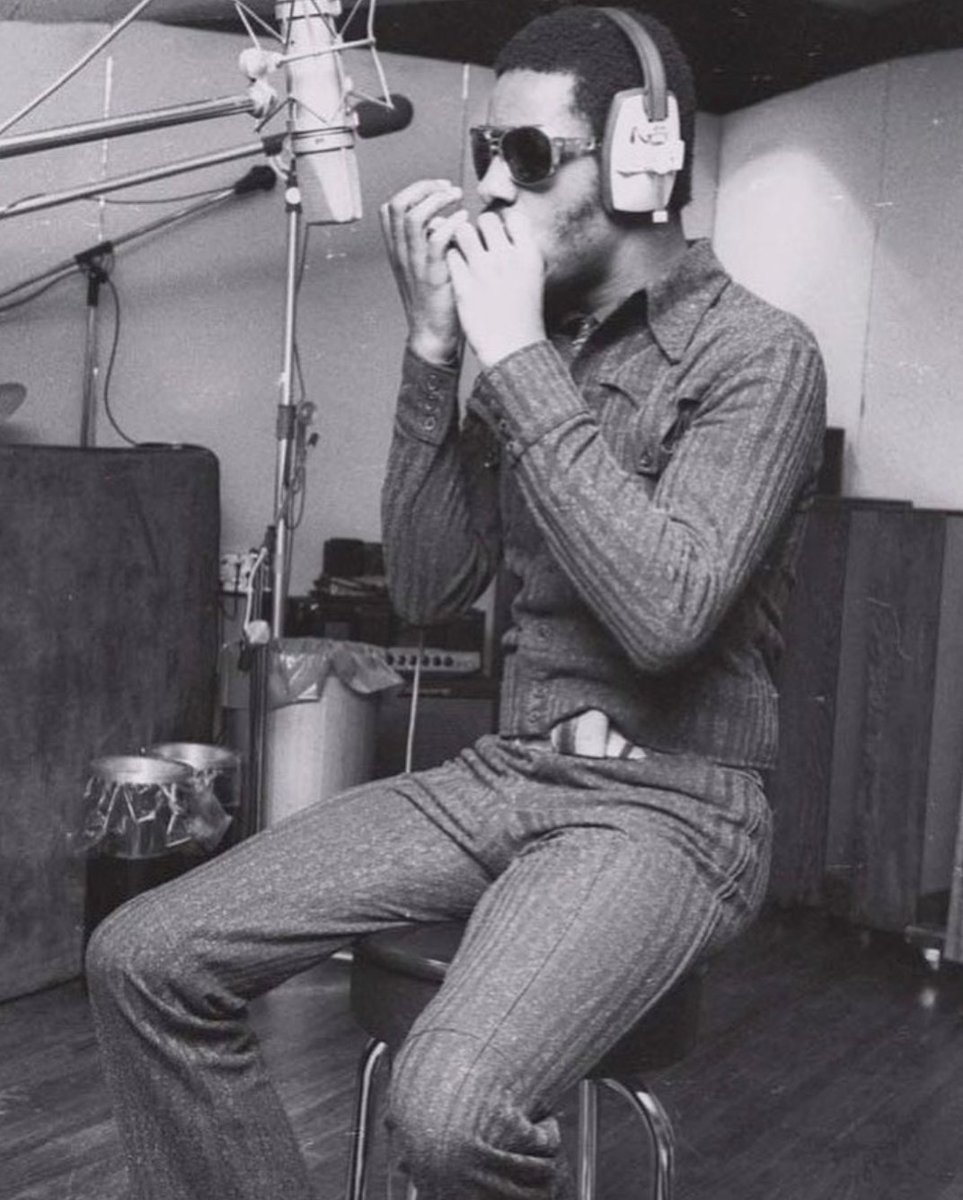Fulfillingness’ First Finale: A Stevie Wonder Classic Born of Pain, Recovery, and Greenwich Village

On July 22, 1974, Stevie Wonder’s seventh studio album, Fulfillingness’ First Finale, was released by Tamla, a subsidiary of Motown Records. The classic album, considered the fourth of five from Wonder’s ”classic” period (which included the earlier Where I’m Coming From, Music From My Mind, Talking Book, and Innervisions, and the later Songs in the Key of Life), was recorded in Greenwich Village’s historic Electric Lady Studios, located at 52 West Eighth Street — a storied space that also produced renowned works by The Clash (see also here), David Bowie, Led Zeppelin, Patti Smith, and Lady Gaga, among countless others, in a building with its own storied prior history.
The album has achieved its stature as a classic for many reasons. Anyone who has heard the haunting “They Won’t Go Where I Go” knows what it feels like to hear Stevie Wonder take one on an emotional journey. It has been described as a “funeral processional” with a very palpable gospel feel. That transcendent sound came from personal hardship as well as a space known for fostering extreme creativity among recording artists.
In the summer of 1973, Stevie Wonder was in a severe highway accident near Winston Salem, NC. This accident left Wonder in a coma for nearly two weeks. The New York Times Column “Notes on People” from August 21, 1973, quotes Wonder in a hospital interview:
“The only thing I do know is that I was unconscious and that I was definitely, for a few days, in a much better spiritual place that made me aware of a lot of things that concern my life and my future and what I have to do to reach another higher ground.”

Wonder had recently achieved a great milestone for any musician. In 1972 he secured a deal with Motown to have complete artistic and creative control over his records. Wonder returned to the studio, including Electric Lady Studios, to work on Fulfillingness shortly after leaving the hosptial. Released in July of 1974, the album was successful by any measure, though with Stevie Wonder’s numerous achievements and accolades, sometimes this album can get lost in the shuffle. However, its place in history is secured, at minimum, through the billboard charts and grammy awards.
Fulfillingness’ First Finale reached number one for two weeks, September 14 and September 21, 1974. This is, in part, was due to chart-topping singles like “You Haven’t Done Nothin’” (which reached number 1 on the Billboard Hot 100) and “Boogie on Reggae Woman” (which topped out at number 3 on the Billboard chart.) The album also won three Grammys that year, including Album of the Year.
“You Haven’t Done Nothin'” is unique song in many ways. Not only is this politically charged track danceable, it also has the memorable call and response “Doo doo wop,” which was recorded with the Jackson 5. Rumor has it Michael Jackson, 15 years old at the time, brought his tutor along to the recording session. The impact of this song was felt across the music industry, and has been credited with influencing social consciousness in hip hop, due to its direct manner of addressing a person in power.
Speaking of power, it is interesting to note that Wonder had a prolific explosion of creativity while preparing this album — so much so that he was interested in producing a double album. Though he had creative control, Motown did push back on the double album idea. Even though he retained artistic decision making power, Wonder decided to go with the label’s recommendation and release a single album. So we have the 10 tracks on Fulfillingness, wondering what may have been left behind. Wonder’s next album, Songs in the Key of Life, was a double album, fulfilling that vision for Wonder.
Considered part of Stevie Wonder’s classic period, this album sits between Innervisions and Songs in the Key of Life. Everyone has a favorite Stevie Wonder album, but fans keep coming back to Fulfillingness’ for its mix of somber reflection, groove inducing tracks, and insight from a genius of music who created some of his most memorable music at Electric Lady Studios on Eighth Street.
